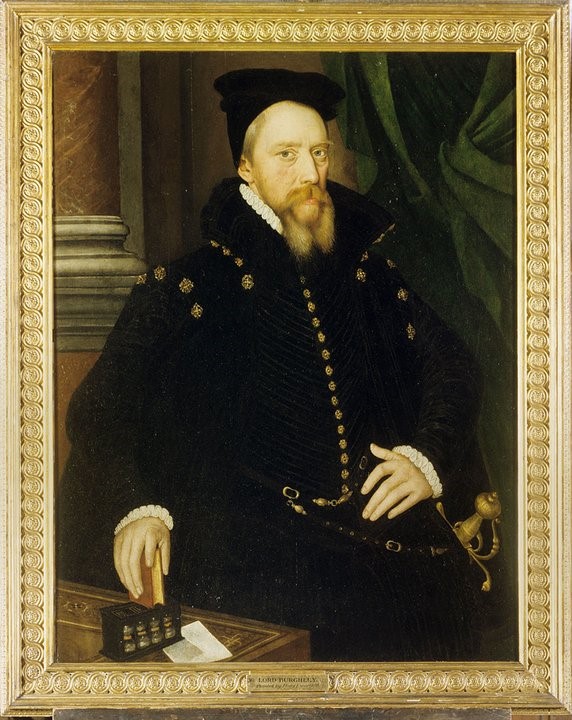You are here
- Home
- Burghley 500
Burghley 500
 2020/21 marks the 500th anniversary of the birth of William Cecil (Lord Burghley from 1572), one of the most important statesmen and patrons of the Elizabethan age. Burghley was described by the Spanish ambassador as ‘the man who does everything’. The scope of his interests was remarkable.
2020/21 marks the 500th anniversary of the birth of William Cecil (Lord Burghley from 1572), one of the most important statesmen and patrons of the Elizabethan age. Burghley was described by the Spanish ambassador as ‘the man who does everything’. The scope of his interests was remarkable.
A series of six recorded talks by distinguished scholars, highlighting key areas of Burghley's life and activities, have been released as part of the Burghley 500 commemorations. Dr Gemma Allen, Senior Lecturer in Early Modern History at the Open University, has recorded a talk on ‘Burghley’s Women’, discussing the importance of the strong women in William Cecil’s life, none more so than his second wife Mildred. Unusually highly educated for the women of their time, Mildred and her learned sisters, together with Burghley’s mother, sisters and daughters, give a new perspective on this Elizabethan statesman. You can watch the talk, and the Q&A session arising from it, by signing up here: https://www.lordburghley500talks.org/
Monday 20 September saw the start of a major three-day conference at St John’s College Cambridge exploring the breadth and significance of Burghley’s activities as well as gathering together new research into Burghley and his world. Kicking off the conference on Monday, Dr Neil Younger, Lecturer in History at the OU, discussed the question of relationships between Elizabeth’s ministers. His talk focused on the apparent paradox that leading politicians generally preserved cordial and friendly relations with each other, even while they debated issues on which they deeply disagreed. He suggested that the amicable tone of government may well have helped to conceal the real depths of political contention in Elizabeth’s England.
Then on Wednesday 22nd September, Dr Susie West, Senior Lecturer in Art History and Heritage, discussed how William and his wife Mildred Cecil’s interests as readers and collectors of books found architectural expression in their houses. Elizabethan rooms for books, as studies or libraries, rarely survive and were never intended as public rooms. Whether in their town or country houses, the close association of book rooms and their private apartments is strong, an association paralleled by royal libraries.
Find out more about the conference, and sign up to listen online to the OU and other academics taking part, here: https://www.lordburghley500talks.org/
Contact us
For further information about the research group or to find out more about studying with us, please complete our online form or sign up to our email list.
We aim to reply to all enquiries within a week.